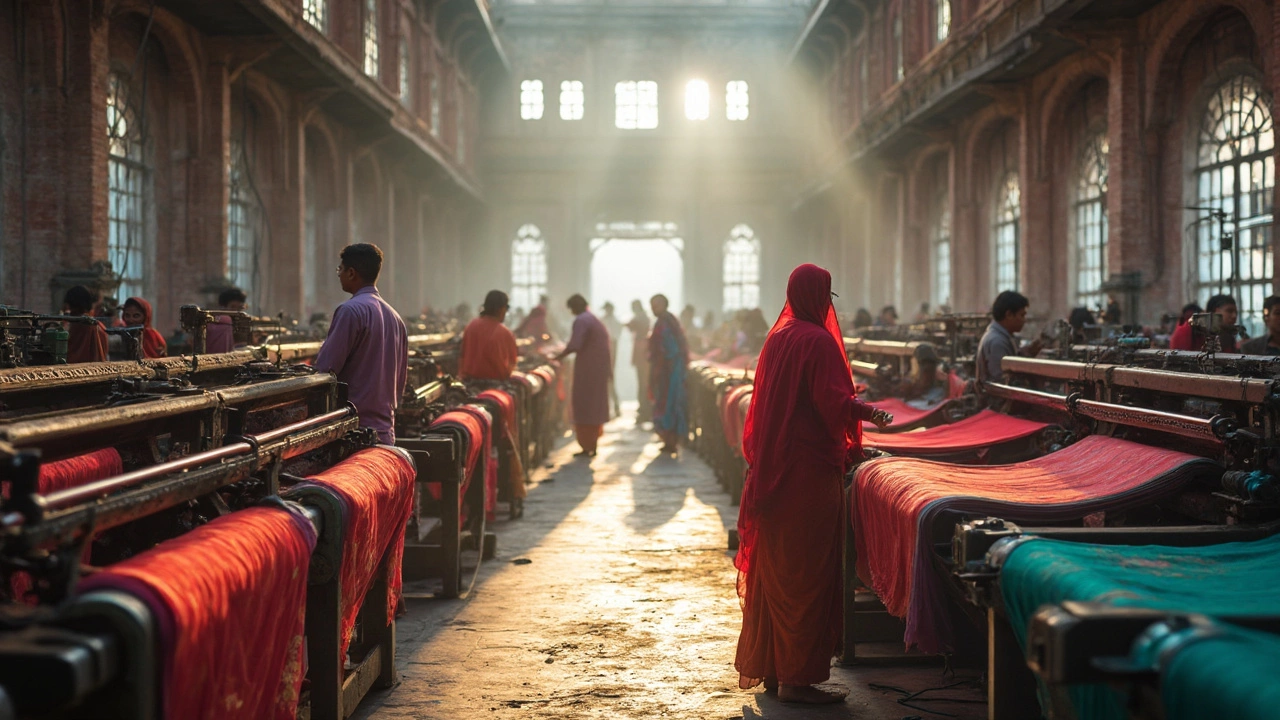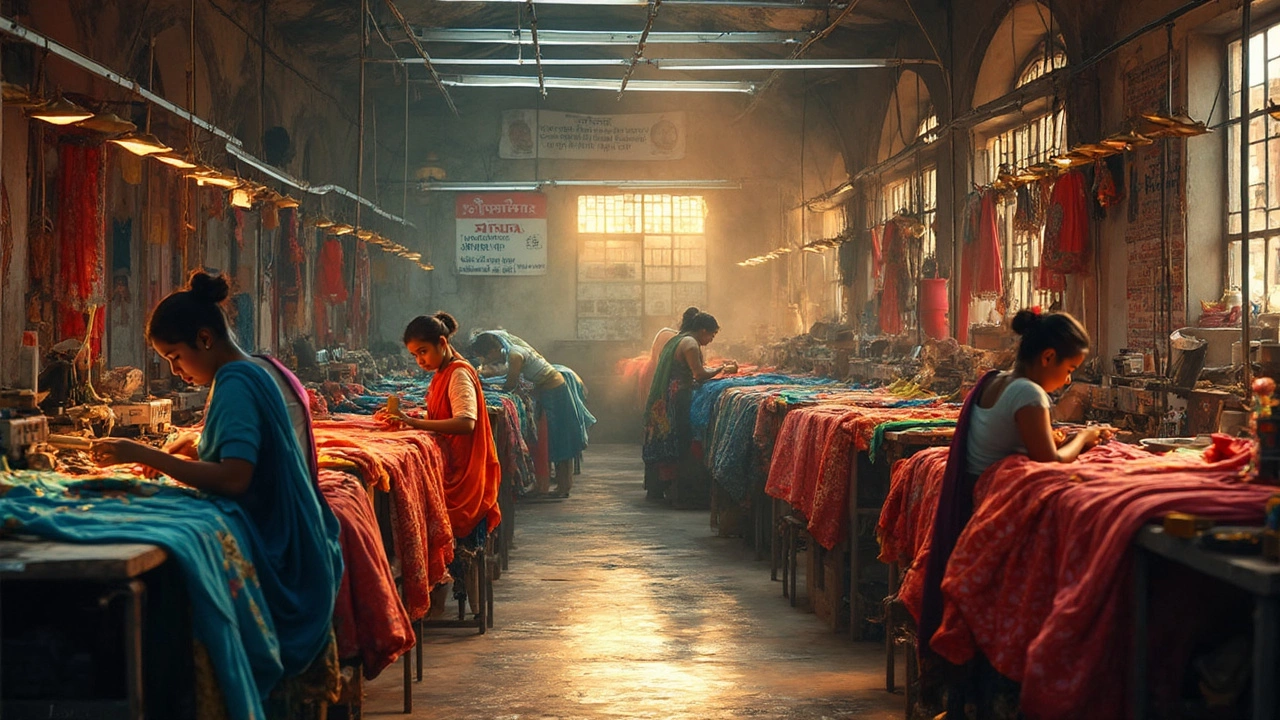Textile Manufacturers: What’s Happening Now and How to Stay Ahead
If you run a textile mill or supply fabrics to brands, you’ve probably felt the market shift faster than ever. New machines, tighter sustainability rules, and changing consumer tastes are reshaping everything from yarn selection to final stitching. In this guide we’ll break down the biggest currents you need to watch and give you quick, actionable steps to keep your operation profitable.
Key Trends Shaping Textile Manufacturing
First up, automation is no longer a buzzword. Robots that can load looms, check thread tension, and even fold finished fabric are becoming affordable for midsize plants. The payoff is clear – less waste, steadier quality, and lower labor costs. If you’re still relying on manual checks, a small pilot on one line can show you the ROI before you go all‑in.
Second, sustainability is driving material choices. Brands are demanding organic cotton, recycled polyester, and low‑water dyes. This shift isn’t just about meeting eco‑claims; it’s about tapping into a market that’s willing to pay a premium for greener garments. Partnering with certified suppliers and adding a simple eco‑label to your product line can open new buyer channels.
Third, digital supply chains are cutting lead times dramatically. Real‑time inventory dashboards let you match raw material orders with production schedules, so you avoid over‑stocking and costly delays. Many Indian textile hubs are adopting cloud‑based platforms that integrate with major e‑commerce portals, giving you direct visibility into order flow.
Practical Tips to Boost Efficiency
Start by auditing your current energy use. A quick check of motor loads often uncovers machines that run at full speed even when demand is low. Installing variable‑frequency drives can shave 10‑15% off your electricity bill without hurting output.
Next, tighten your quality control loop. Use a simple visual checklist at each stage – yarn tension, fabric width, color consistency – and empower floor supervisors to stop the line when something’s off. The cost of a single defective roll can outweigh the time lost fixing mistakes early.
Consider a low‑cost pilot for recycled fibers. Blend a small batch of reclaimed polyester with your regular yarn and test it on a single garment line. If the results meet client specs, you’ve got a new product segment with minimal upfront investment.
Lastly, keep your workforce up to date. Short, hands‑on training sessions on the latest loom settings or dyeing software can boost productivity by up to 8%. Workers who see the benefit of new tech are more likely to adopt it willingly.
By staying alert to automation, sustainability, and digital tools, you can turn today’s challenges into growth opportunities. The textile world moves fast, but with these practical steps you’ll be ready to keep pace and deliver the fabrics that brands—and shoppers—are looking for.



